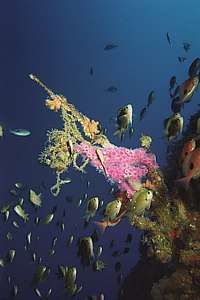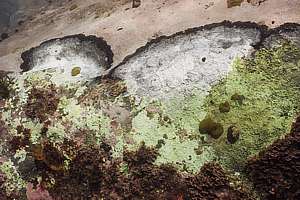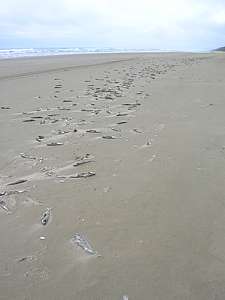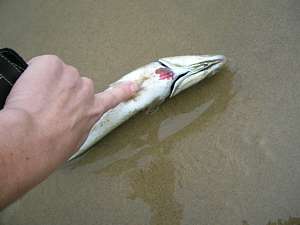Timeline
As degradation intensifies, one sees more and more symptoms, while also
new symptoms are seen for the first time. By recording these, perhaps an
order of importance or severity can be established, which may lead to further
understanding of the whole phenomenon. Here is a time line of events as
they have been recorded or remembered. It is hoped that you, the reader,
can add to it or make improvements. Question marks identify uncertainty.
Note our observation of fish mass mortalities every 9 years after an El
Niño event, indicating stagnation of ocean currents: 1983,
1992, 2001, 2010, 2019? |



